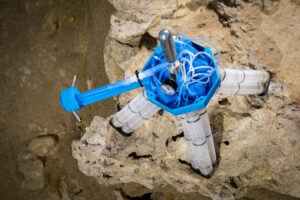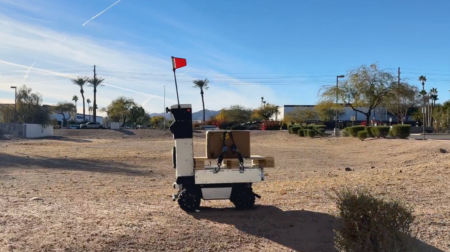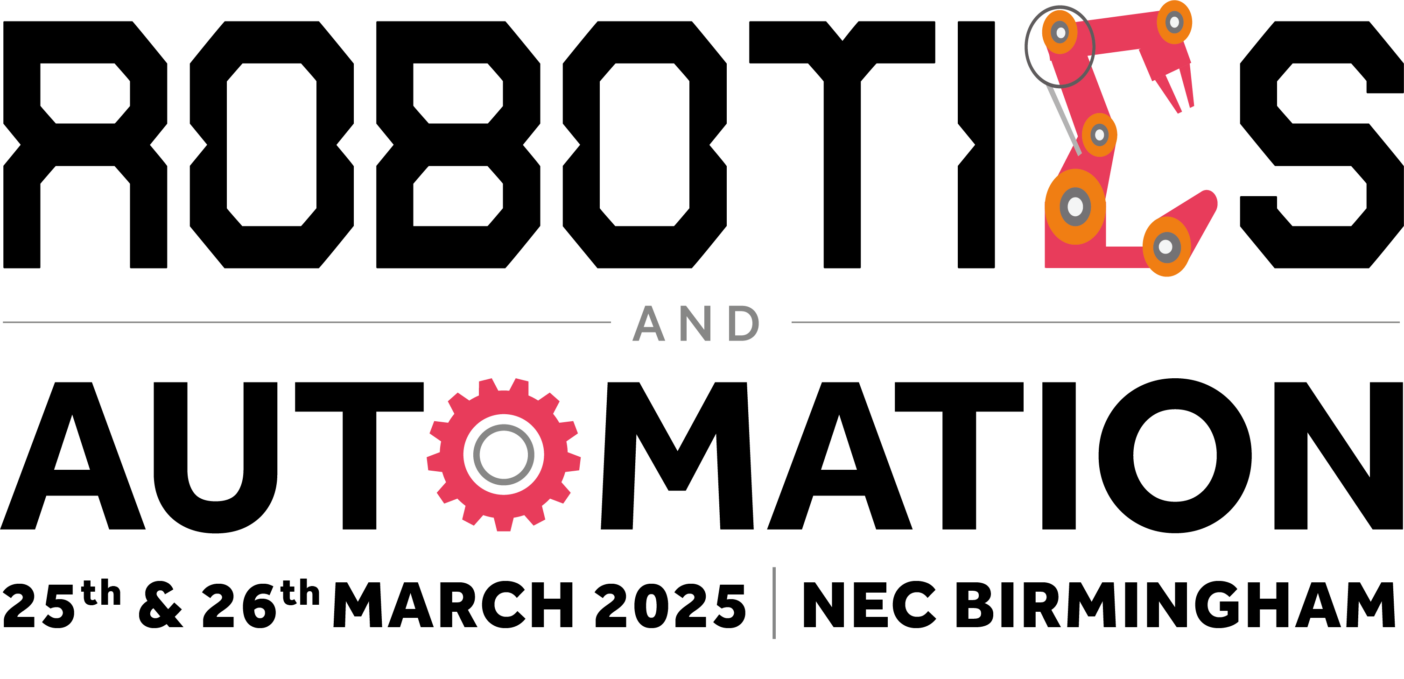Researchers at the University of California, San Diego are developing a four-legged soft robot that does not require electronics to function.
The walking quadruped robot, which is instead controlled and powered by pressurised air, has been designed to operate in environments where electronics cannot function, such as MRI machines or mine-shafts.
To eliminate the need for “bulky, expensive control systems”, the researchers worked to develop a control solution made up of pneumatic circuits, whereby a system of valves act as oscillators, controlling the order in which pressurised air enters air-powered muscles in the robot’s four limbs.

Inspired by neural circuits found in animals, the system is able to generate rhythmic patterns to control motions such as walking and running.
The robot can walk on command or in response to signals it senses from the environment. Additionally, researchers have built a component that coordinates the robot’s gait by delaying the injection of air into the robot’s legs.
Michael T Tolley, a professor of mechanical engineering at the Jacobs School of Engineering at UC San Diego, said: “With our approach, you could make a very complex robotic brain. Our focus here was to make the simplest air-powered nervous system needed to control walking.”
The legs are angled downward at 45˚and composed of three parallel, connected pneumatic cylindrical chambers with bellows. When a chamber is pressurised, the limb bends in the opposite direction.
Furthermore, the robot is equipped with simple mechanical sensors, comprising soft fluid bubbles placed at the end of booms protruding from the robot’s body. When the bubbles are depressed, the fluid flips a valve in the robot that causes it to reverse direction.
Researchers are currently working on a more sophisticated network of sensors to improve the robot’s gait so it can walk on uneven surfaces and navigate over a variety of obstacles.







